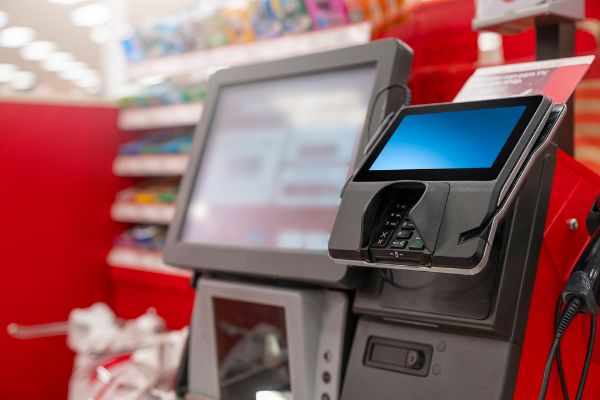According to a closely-watched poll of business leaders released this week, economic activity grew in July at its weakest pace in nearly five months and inflation remained uncomfortably sticky.
The S&P Global “flash” U.S. composites purchasing managers index decreased 1.2 points to 52 in July due to manufacturing’s improvement but still gloomy outlook and services’ unexpected decline.
According to an analyst at S&P Global, the indicator for the coming year “deteriorated sharply” as well, portraying a “darker picture” of the economy.
The manufacturing activity index increased from 46.3 in June to 49, which is the highest mark in three months and surpasses even the most optimistic projections. Manufacturing production increased to 50, a two-month high.
However, the services sector’s activity index dropped from 54.4 to 52.4. The reading is at its lowest level in five months. It also reached a five-month low of 52 as the production index for services dropped 1.2 percentage points.
The pace of growth in total input costs slowed down in July after firms reported a spike in cost inflation in June. However, the cost of goods and services climbed as businesses tried to pass on rising prices and interest rate charges to their customers.
Chris Williamson, chief business economist at S&P Global Market Intelligence, stated, “July has experienced an unwelcome mixture of slower economic growth, gloomier business confidence, weaker job creation, and sticky inflation.”
Williamson continued,
“The GDP was growing at an annualized quarterly pace of around 1.5% at the beginning of the third quarter, which is commensurate with the total rate of production growth, measured throughout manufacturing and services. That’s a decrease from the 2% pace the survey predicted for the second quarter.”
“However, growth is entirely fueled by the service sector, and specifically, an increase of international client spending, which helps offset a stagnant manufacturing sector and steadily declining demand from US consumers and businesses.”
“In addition, corporate confidence about the year’s prospects has fallen precipitously to its lowest level this year. The worsening situation increases the likelihood that production growth will experience negative risks in the upcoming months, which, together with the US economy’s pace of expansion slowing in July, will maintain concern that the US economy might yet experience another slump before the year is up.”
“The stickiness of pricing pressures, however, continues to be a significant problem. It conveys a concerning message that additional drops in the rate of inflation below 3% may prove hard in the short future since the survey index of selling prices has consistently performed as a credible leading predictor of consumer price inflation, forecasting the easing to 3% in June.”
It is widely believed that the Federal Reserve will increase interest rates this week.





Comments are closed.